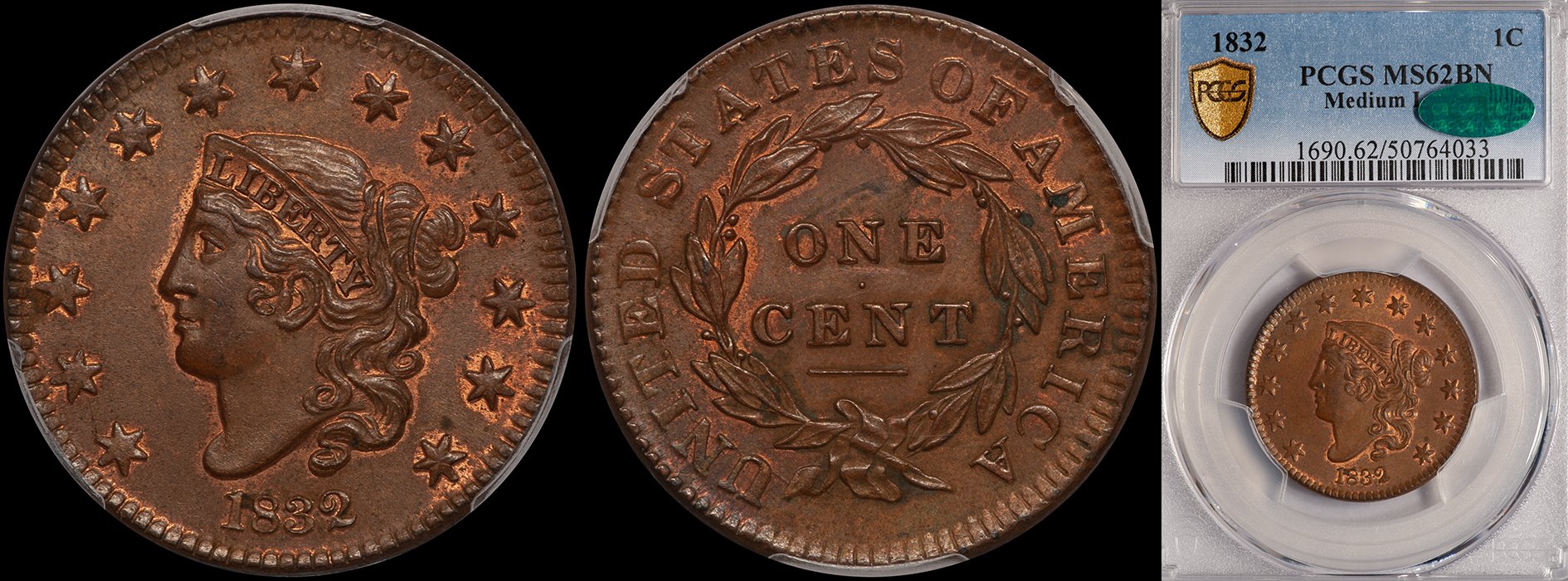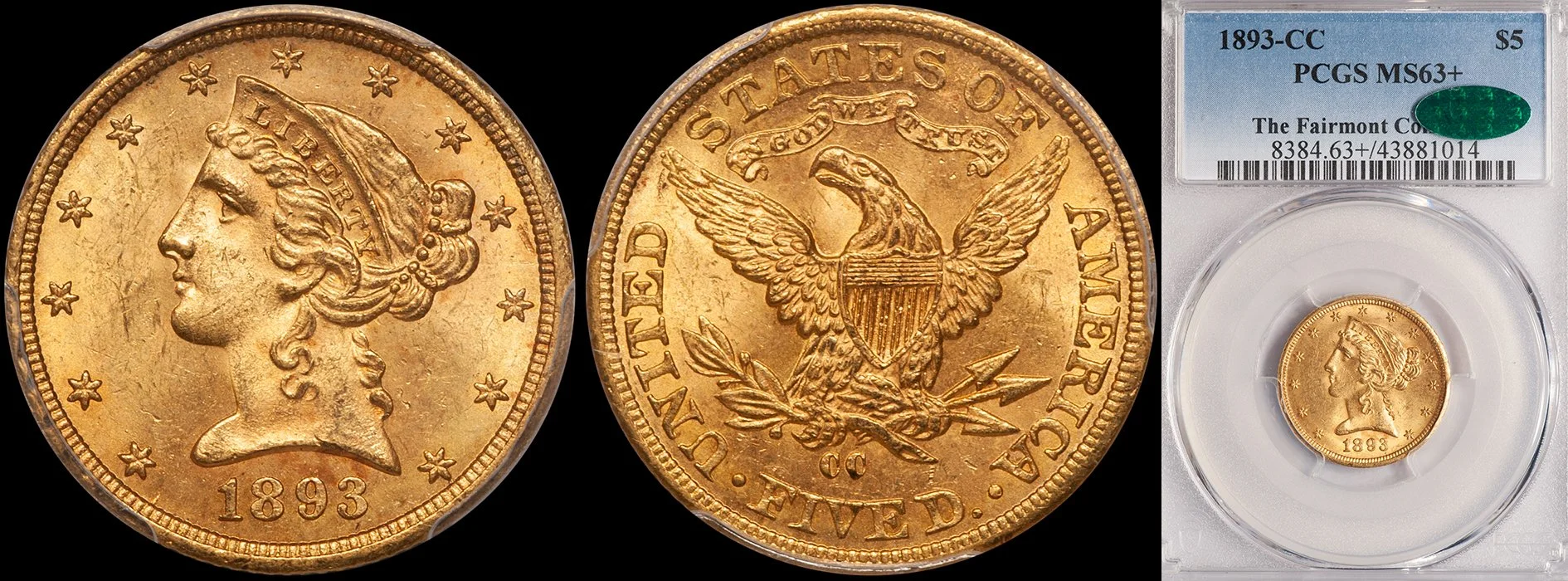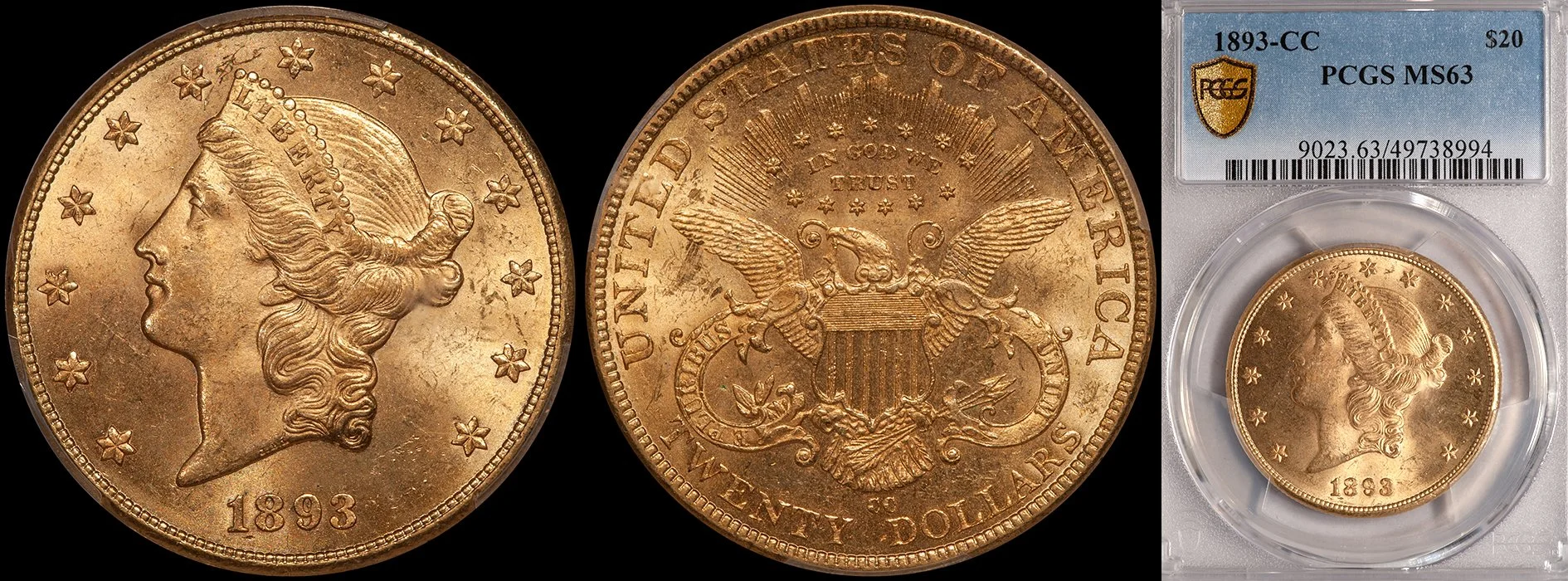What do Auction Prices Represent?
/For better or worse, the current market has come to heavily rely on auction prices to determine the value of a wide range of coins. I am often asked: do auction prices represent wholesale or retail? A one word answer: both. The coin market is quite possibly the most transparent market there is in any hobby or collectible. PCGS, NGC, and Heritage provide comprehensive databases for nearly any major issue of United States coin, in a variety of grades. In theory, even an unknowledgeable collector now has access to records which only the most sophisticated dealers and collectors could access as recently as a decade ago.
But with millions of data points for United States coins comes a big, hot mess: what does this data mean? Without the ability to interpret this data, we are left with a range of numbers.
For very rare coins, which may have many years between auction appearances, it is easy to conclude that the most recent record (or APR) is a clear indication of value. As an example, I recently paid $42,300 for a PCGS MS64 example of an 1847-O eagle in the Legend 9/15 auction. This is a common date, but it is extremely rare in MS64 with exactly three known. The last time this date had appeared for sale was February 2009 when the same coin sold for $51,750. There is no clear-cut distinction about this being a “wholesale” or a “retail” value. The coin is worth at least $42,300, and it would have cost at least 5-10% more for a collector or a dealer to have purchased it from me.
1847-O $10.00
But the exact same date albeit in a lower grade has less clear cut values based on auction appearances. Let’s take an 1847-O eagle in AU58; a coin that isn’t really “scarce” in the true sense of the word but one which isn’t readily available either.
In 2015, there were two 1847-O eagles in AU58 sold at auction. A nice, original NGC AU58 sold for $1,645 while a PCGS AU58 which was also above-average for the grade (but not CAC approved) sold for $2,056. Does this mean that the wholesale/retail value of this date is $1,645 to $2,056? In my opinion, it clearly does not.
For nearly every rare coin, there are now four distinct ranges of appearance and subsequent value:
- NGC, non-CAC
- PCGS, non-CAC
- NGC, CAC approved
- PCGS, CAC approved
In the case of the 1847-O, a very low-end NGC AU58 with no CAC sticker might have a wholesale value of considerably lower than the $1,645 auction record cited above; maybe as low as $1,300-1,400. And an extremely nice PCGS AU58 with a CAC sticker might be worth $2,500 or even $2,750 to a sophisticated collector; certainly far more than the $2,056 which a nice (but non-CAC) coin recently sold for.
So for even a relatively unsophisticated coin like an AU58 1847-O eagle, we have a potential range of value running from a low of $1,300 for a really poor example for the grade to a high of $2,750 for a crisp, eye appealing example. And this doesn’t even bring into play a clearly undergraded AU58 in an old holder which might bring $4,000 or even $5,000 if it appeared at auction.
To really determine the significance of an auction record, the collector or dealer has to do some detective work. If the finest known 1838-D Dahlonega half eagle in PCGS MS64 comes up for sale in the coming year (note: this coin doesn’t exist but is being used as a hypothetical) the chances are close to 100% that it is either being bought by a collector or by a dealer as an agent for a collector and the APR will reflect this. If a 1901-S eagle in PCGS MS65 CAC sells at auction, the chances are good that it is a wholesale transaction.
And this brings us to yet another fork in the road: in today’s market—with transparency and collectors doing their own thing without dealers—is there such thing as “wholesale” or “retail” anymore? Maybe we’re just better off stating that a range of values exist for every coin, and the low-end coins (like the $1,300 1847-O eagle) are what we traditionally refer to as “wholesale,” and the high-end coins (like the $2,750 1847-O eagle) are what used to be called “retail.”































